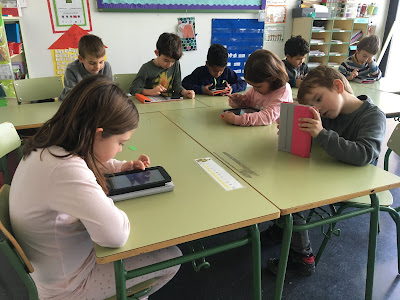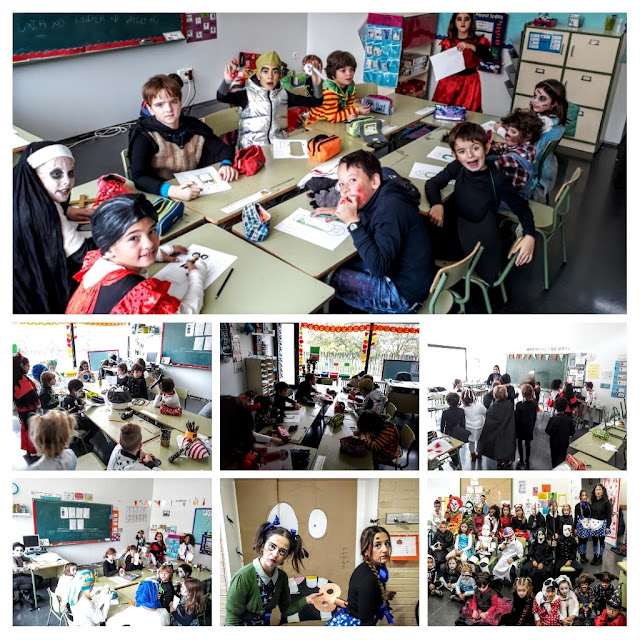Hello again!
We have just started a new unit but we continue studying different characteristics about living things!
We have been speaking a little bit about the FOOD CHAINS.
Food chains show us that all living thing depend on another for food.
It is for this reason that we have two different groups:
- PRODUCERS: plants are producers because they make their own food.
- CONSUMERS: animals that eat other plants or other animals are consumers.
Look at this picture!
If you want to see fantastic images and learn a little bit more, watch this video:
See you next week!



















































